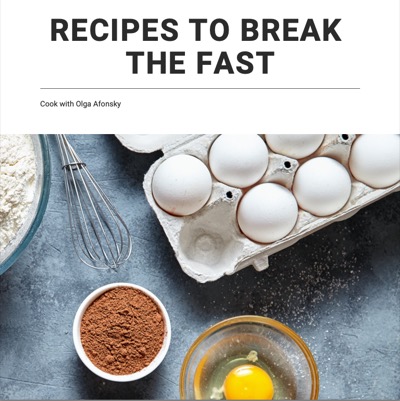Pickled kohlrabi - a perfect vegetable to ferment!
Recently, I discovered the delightful results of pickled kohlrabi. Excited by this new culinary adventure, I couldn’t wait to share my recipe with you!
Let’s look into some curious facts about this unique vegetable. First, kohlrabi is not a root but, rather, a modified stem. Second, its skin can be green or purplish, but the flesh is always white. Third, the leaves are similar to kale or collard greens and are edible, as well as its round-shaped bulb. And finally, its crunchy flesh offers a radish-like crispness and a sweet, refreshing taste akin to cucumber.
Kohlrabi is a nutritional powerhouse, packed with a generous combination of minerals, vitamins, and phytonutrients. It’s particularly rich in vitamin C, B6 vitamin, and copper. With its low glycemic index and load, it’s a great addition to a low-carb diet and is especially beneficial for those with blood sugar regulation issues. The leaves of kohlrabi are also highly nutritious, rich in carotenes, vitamin K, minerals, and a B-complex group of vitamins.
When I pickled kohlrabi, I was pleasantly surprised to find that its unique texture remained crisp and crunchy, and the flavor was mild and delightful. This makes it a perfect vegetable to ferment, especially for those who are just starting to appreciate the taste of fermented foods. It’s also an excellent recipe to kickstart your journey of fermenting foods at home.
If you’d like to find out more about the benefits of fermenting, please read my blog on fermenting.

Pickled Kohlrabi
Ingredients:
1 kohlrabi bulb, peeled and sliced
1 Tbsp dill seeds or fresh dill plant with seeds and stem
2-3 bay leaves
1 Tbsp whole black pepper
2 Tbsp sea salt, preferably Celtic or Himalayan
Filtered water
Directions:
- Place sliced kohlrabi into a glass jar, ensuring there is at least 1 inch of empty space at the top.
- Add the spices and salt.
- Pour enough water to cover, more if you’d like. Make sure to leave at least ½ inch below the top of the jar.
- You don’t have to cover it with a lid; just put something on top to keep kohlrabi slices under water. Keep at room temperature for three days. The fermentation time may differ slightly depending on the room’s temperature. The warmer it is, the faster the fermentation will happen.
- On the second day, you might notice some bubbling at the jar’s top. It is common and means the “magic” of fermentation is happening.
- Taste after three days to see if you like the flavor. You are looking for a slightly acidic, salty, and fizzy taste. There is no right or wrong when it comes to the taste. It’s just based on your preference. The longer you leave the jar out, the more acidic the taste will become.
- Transfer the jar to the fridge when you are satisfied with the taste.
- It’s hard to say how long it will store. I’ve had ferments last for several years in the fridge, but most of them are eaten up and gone long before they have the chance to go bad!

Freedom from hunger and cravings until lunch
Please tell me where I should send the recipe book.